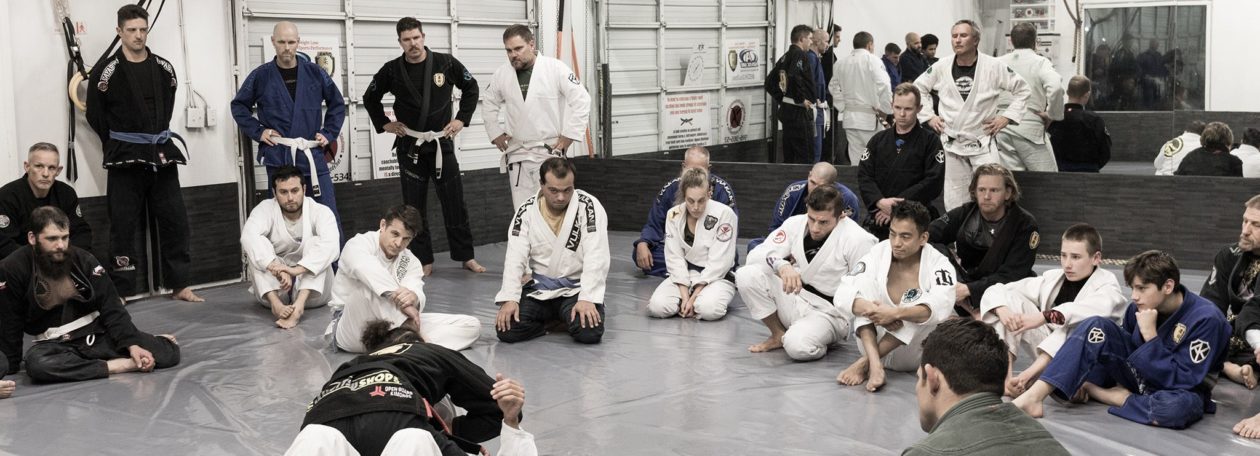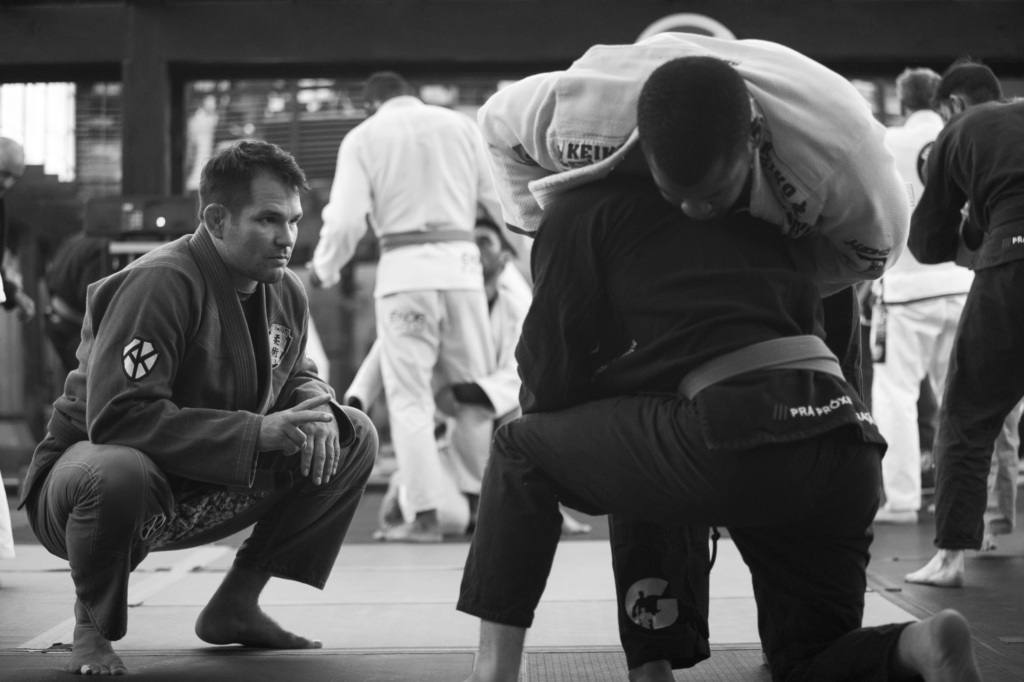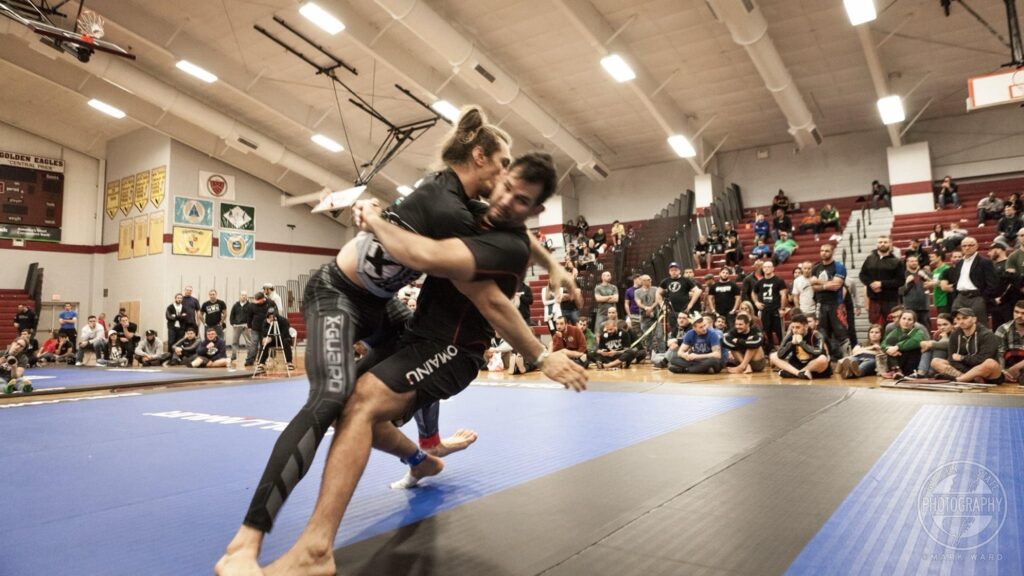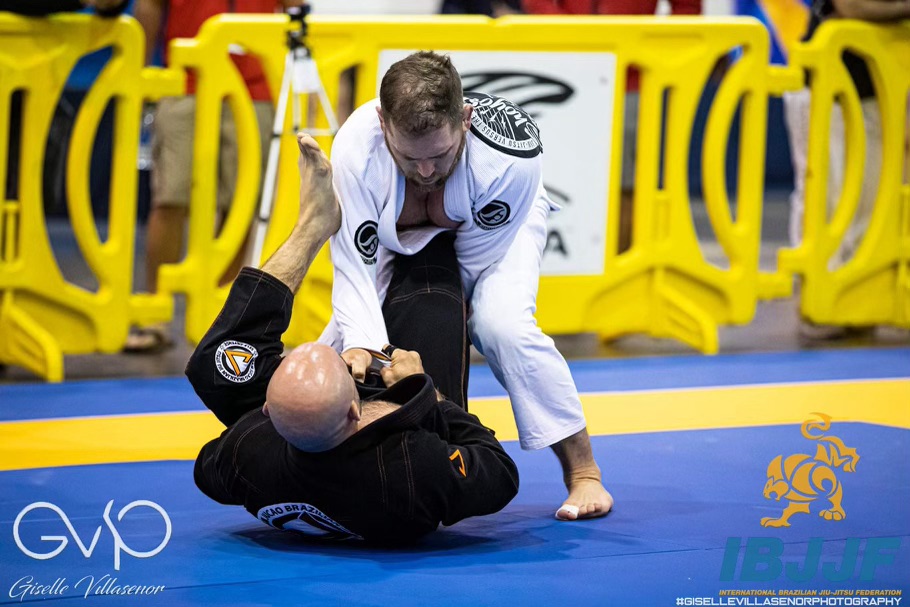At El Dorado Hills Jiu Jitsu, we are deeply connected to the history and evolution of grappling arts. One of the most fascinating influences on Brazilian Jiu Jitsu (BJJ) is Kosen Judo, a specialized form of judo with a strong emphasis on ground fighting, or ne-waza. Understanding the connection between these two arts can enrich our approach to BJJ and shed light on how the grappling world evolved.
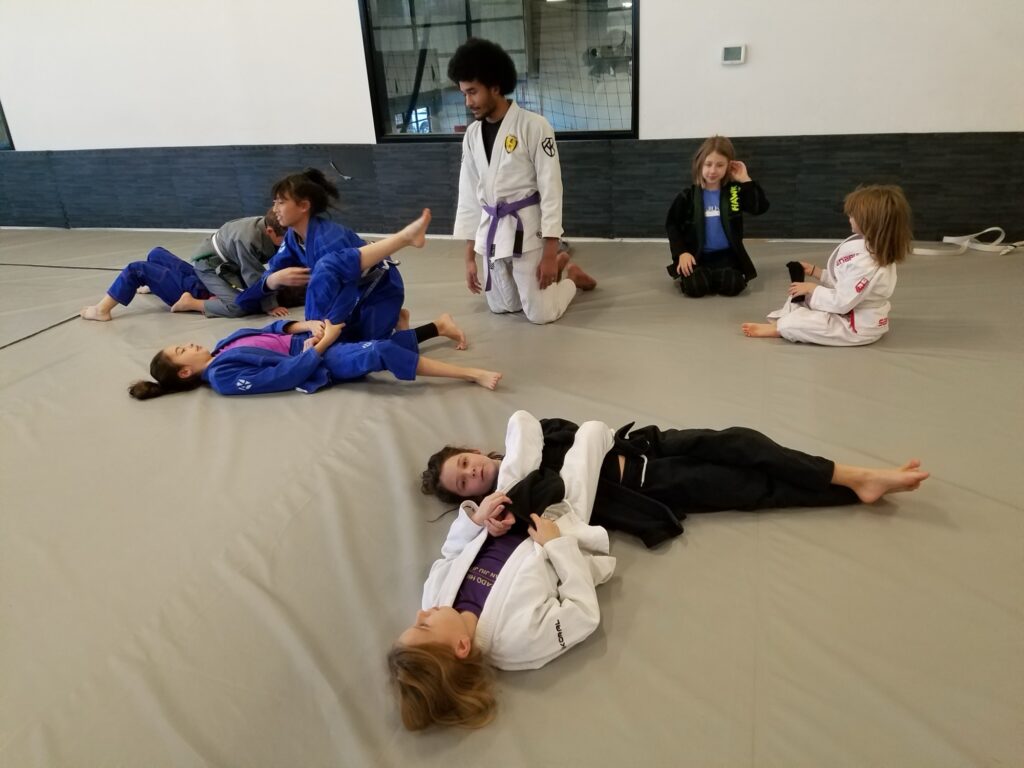
What is Kosen Judo?
Kosen Judo originated in Japan in the early 20th century as a subset of traditional judo. While judo, founded by Jigoro Kano, is known for its dynamic throws and stand-up grappling (tachi-waza), Kosen Judo placed much greater emphasis on ground techniques, including pins, joint locks, and strangles. The style developed largely within Japan’s university system, where teams competed under special rules that favored longer periods of groundwork, unlike traditional judo competitions.
Kosen Judo quickly became known for its sophisticated and technical approach to controlling opponents on the ground—a trait that heavily influenced the development of BJJ.
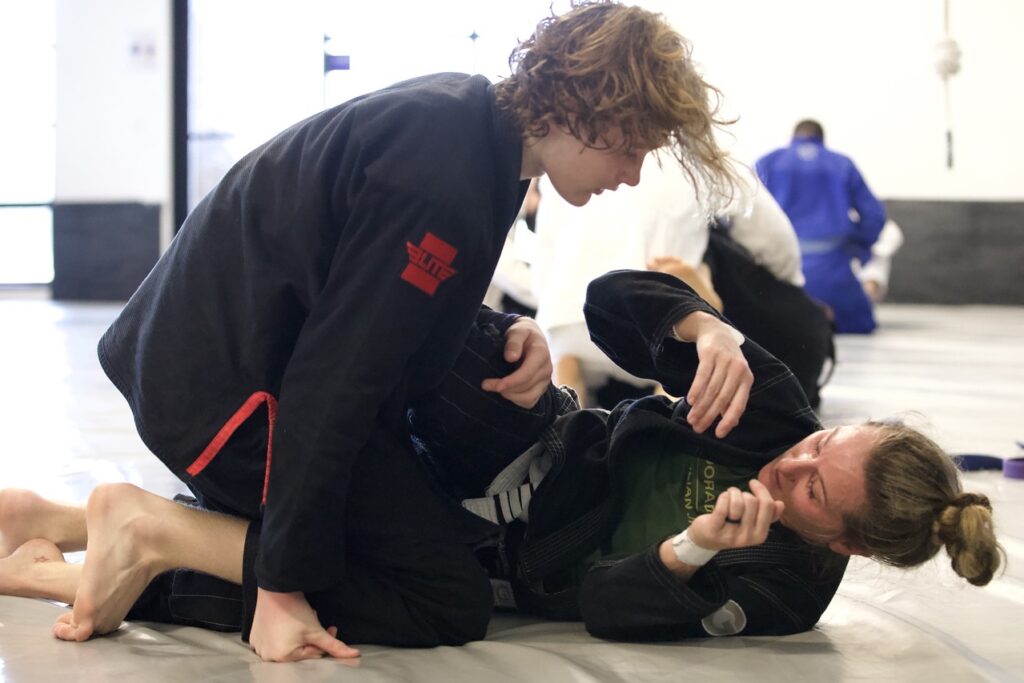
The Evolution of BJJ from Judo
Brazilian Jiu Jitsu owes much of its foundation to judo, and especially to Kosen-style ne-waza. When Mitsuyo Maeda, a Kodokan judoka, arrived in Brazil in the early 20th century, he passed on his grappling knowledge to the Gracie family and others. Maeda’s teachings included many of the ground-fighting techniques that had been refined in Kosen Judo, which eventually evolved into the distinct style we know as BJJ today.
While early judo retained a focus on both throws and groundwork, BJJ took the groundwork aspect to a new level. Practitioners honed their skills in controlling, submitting, and neutralizing opponents on the mat, developing a vast array of sweeps, guards, and submissions.
Key Similarities Between Kosen Judo and BJJ
- Emphasis on Groundwork: Both arts prioritize the ability to control an opponent on the ground. While Kosen Judo does incorporate throwing techniques, the majority of the strategy revolves around transitioning to the mat and gaining a dominant position.
- Submissions: Just like in BJJ, Kosen Judo includes various joint locks and chokes. The key difference is that BJJ refined these techniques further, allowing for even more diverse and fluid submissions from various positions.
- Guard Play: Kosen Judo’s influence can be seen in the way BJJ developed guard positions. Guard, in BJJ, is a key part of defense and attack, where a practitioner can control or submit an opponent from their back. Kosen Judo already contained the seeds of this idea, though it was in BJJ where it truly flourished.
- Competitive Focus: In modern judo competitions, groundwork is often limited due to rule changes that favor stand-up techniques. However, Kosen Judo, with its university competition rules, allowed for a much greater focus on groundwork, similar to how BJJ competitions play out today.
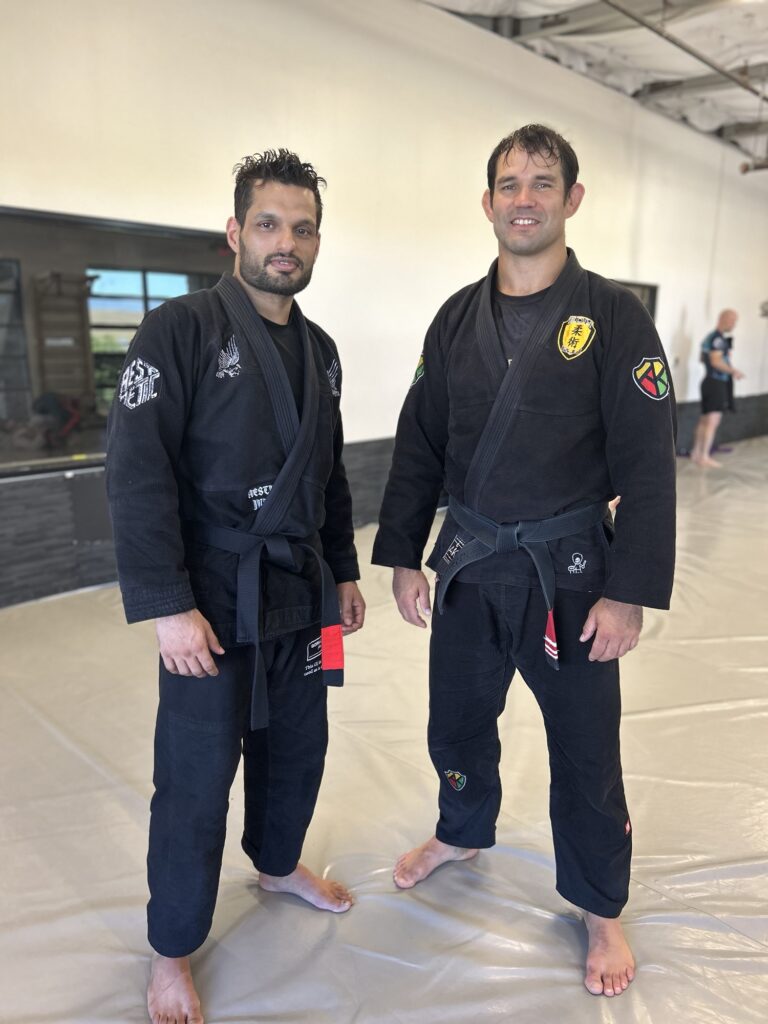
Why Understanding Kosen Judo Matters for BJJ Practitioners
As BJJ continues to evolve, understanding its roots in Kosen Judo can provide a deeper appreciation for the techniques we practice daily. By studying the methods of Kosen Judo, we can refine our own ground game, gaining insights into leverage, control, and the finer details of ne-waza.
In fact, some techniques used in BJJ today, such as certain sweeps, transitions, and escapes, can be traced back to the strategic groundwork of Kosen Judo. Recognizing this historical lineage helps us to approach BJJ not just as a modern martial art, but as part of a larger grappling tradition.
Bringing Kosen Judo Concepts to El Dorado Hills Jiu Jitsu
At El Dorado Hills Jiu Jitsu, we are always looking to grow and expand our grappling knowledge. By incorporating Kosen Judo-inspired drills and concepts into our classes, we can help students refine their ability to control and submit opponents on the mat. Whether it’s working on efficient pins, dynamic guard work, or chaining submissions together, the influence of Kosen Judo offers a wealth of techniques to explore.
So next time you’re on the mat, think about the roots of your favorite submissions and sweeps. They likely have a long history that stretches back to the mats of Japanese universities, where Kosen Judo was once king.
Let’s continue to grow, evolve, and learn from the best aspects of both Kosen Judo and Brazilian Jiu Jitsu as we develop our skills here at El Dorado Hills Jiu Jitsu!

